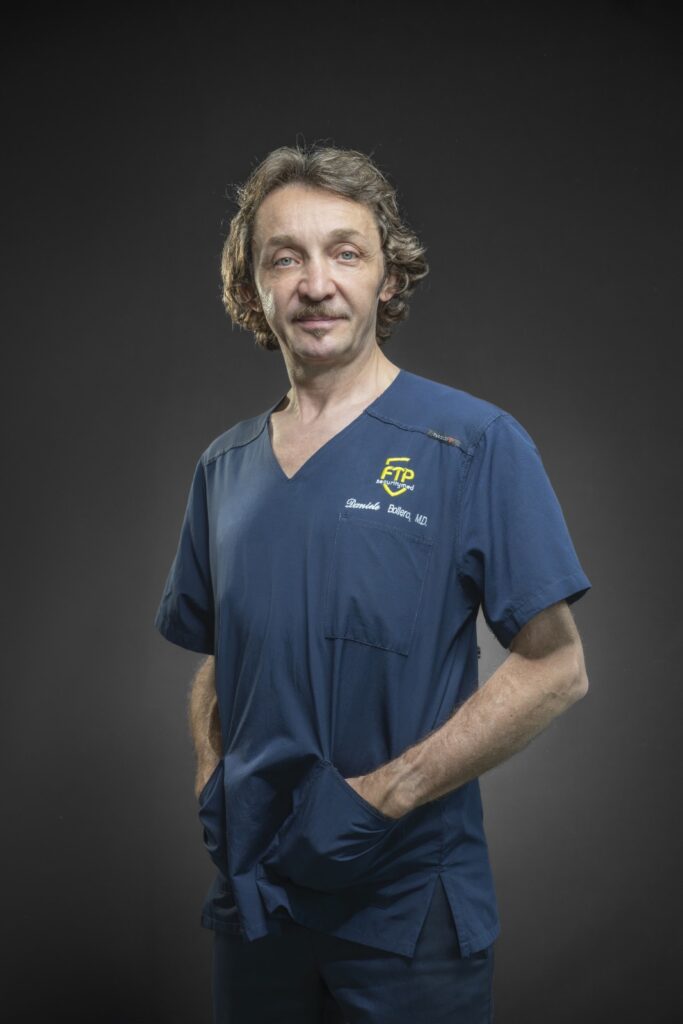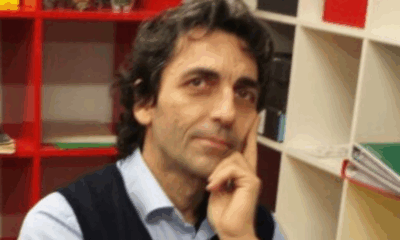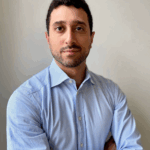Medical doctors and Surgeons
Facing Gynecomastia. From psychological discomfort to rebirth
When we talk about gynecomastia, we refer to the enlargement of breast tissue in men, not stemming from tumour-related factors. This condition can affect one or both breasts, sometimes in an asymmetric manner. Generally, gynecomastia is not a health problem, but it can become if it is associated with symptoms such as breast pain, swelling or sensitivity. Dr. Daniele Bollero, a plastic surgeon with twenty years of experience, provides us with an in-depth perspective on gynecomastia. An issue that extends beyond mere physical pathology, impacting the psychological well-being of patients.
Overview of gynecomastia

and aesthetics
Gynecomastia is commonly associated with the enlargement of the mammary gland in males. However, the term is often used improperly, encompassing various conditions, such as mixed gynecomastia (a combination of glandular and adipose components) and false gynecomastia (involving nipple hypertrophy). Dr. Bollero emphasises the importance of accurate diagnosis through ultrasound to understand the composition of the involved tissue.
«Gynecomastia can manifest at various stages of life, but it often emerges during adolescence or adulthood, associated with hormonal changes, and fluctuations in whether it be weight gain or loss», Bollero explains, who recommends a personalised approach based on ultrasound to identify the combination of glandular and adipose tissues.
«One of the challenges of gynecomastia is primarily psychological, involving difficulties in relating to others and feeling comfortable going shirtless, whether at the pool or gym – Bollero confirms. – One of the main themes of plastic surgery is precisely this: we act externally to impact the internal, so in many situations, patients feel better about themselves after surgery».
Surgical solutions
«So, first and foremost, there needs to be an assessment of the issue – emphasises Bollero – After making the diagnosis, we can proceed with a surgical plan». Once diagnosed, gynecomastia can be addressed through surgical means. Dr. Bollero explains the three main approaches: gland excision, liposuction to remove adipose tissue, and skin repositioning procedures to address excess skin. «Each intervention aims to restore confidence and shape to the chest wall».
The psychological discomfort associated with gynecomastia is evident: «Plastic surgery can play a significant role in improving patients’ self-esteem, helping them overcome fears and accumulated distress over time – the surgeon emphasises – The emotional boost for male patients deciding to address gynecomastia is a crucial step towards reclaiming self-confidence».








































